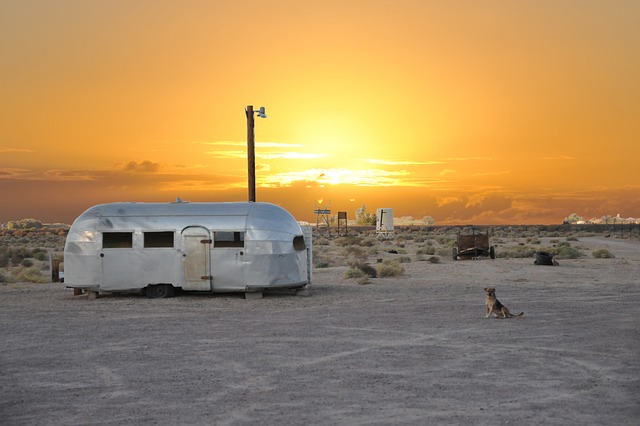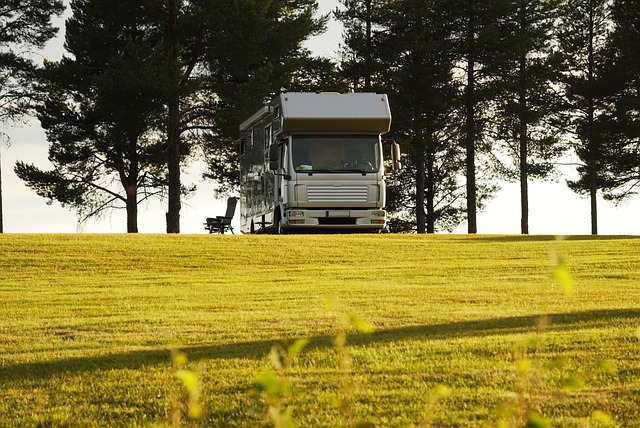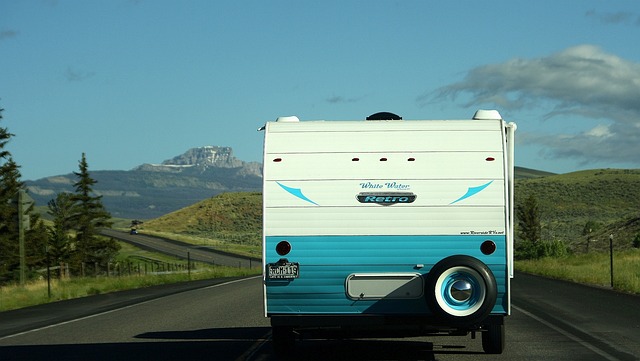As Australia's winter arrives, it's crucial to prepare your caravan for safe and comfortable travel. Start by inspecting and maintaining your caravan's tires and wheel bearings, ensuring they can handle the cold and wet conditions. Consider swapping to all-season or winter tires if temperatures dip below 7 degrees Celsius. Inside the caravan, protect against freeze-ups that could lead to costly repairs by draining and flushing water systems, replacing them with antifreeze, and ensuring you have a separate supply of drinking water. Insulate exposed pipes to prevent freeze damage, and maintain proper ventilation to avoid dampness and mold growth. Upgrading your caravan's insulation with quality materials like reflective foil or spray foam is recommended for retaining warmth during the cooler months. Test all insulation and ventilation systems before you set out to confirm they work effectively. By addressing these preparations, you can ensure a cozy and comfortable caravan experience throughout the Australian winter, making it one of the best caravan seasons for travel with the right preparation.
Embarking on travel adventures in your caravan during Australia’s winter months can be a delightful experience if your vehicle is well-prepared for the seasonal shift. This comprehensive guide offers essential strategies to ensure your best caravan remains a warm, comfortable haven and stays road-ready amidst the cooler temperatures. By focusing on key aspects such as wheel optimization, strategic insulation, and effective ventilation, you’ll navigate the winter landscape with confidence, guaranteeing that your travel escapades are undeterred by the season.
- Optimizing Your Wheels for Winter: A Comprehensive Guide to Winterizing Your Best Caravan in Australia
- Insulation and Ventilation: Key Steps for Keeping Your Caravan Cozy During the Australian Winter
- Preventative Maintenance: Ensuring Your Caravan Remains Road-Ready Throughout the Cooler Months
Optimizing Your Wheels for Winter: A Comprehensive Guide to Winterizing Your Best Caravan in Australia

When the cooler months approach in Australia, it’s crucial to ensure your caravan is well-prepared for the winter travel conditions ahead. To optimize your wheels for the colder season, start by assessing your caravan’s tyres and wheel bearings. Tyres should be checked for correct air pressure, as low pressure can lead to uneven wear, while high pressure can result in reduced grip on slick surfaces. It’s also wise to consider swapping out summer tyres for all-season or winter tyres that offer better traction and performance in temperatures below 7 degrees Celsius. Don’t forget to inspect the wheel bearings; they should be lubricated and tightened according to the manufacturer’s specifications to prevent any locking up during the colder months.
Moving indoors, the interior of your caravan requires attention too. Ensure all water systems are drained and flushed to prevent freeze-ups that can cause costly damage. Replace any water in the water heater with antifreeze solution, and keep a supply of drinking water for the duration of your journey. Insulate any exposed water pipes with non-conductive materials to maintain their functionality during cold snaps. Ventilation should be maintained to prevent damp and mould growth, which can be a concern in enclosed spaces. By taking these proactive steps, you’ll ensure that your best caravan is ready for safe and comfortable winter travel across Australia’s diverse landscapes. With these measures in place, you can focus on the joy of exploration and the pleasure of discovering new destinations, knowing that your caravan has been thoroughly winterized.
Insulation and Ventilation: Key Steps for Keeping Your Caravan Cozy During the Australian Winter

When the cooler months roll around in Australia, ensuring your caravan is well-prepared for the winter weather is crucial for a comfortable travel experience. Proper insulation and ventilation are key steps in keeping your caravan cozy during the Australian winter. Firstly, assess the current state of your caravan’s insulation. Look for any drafts or areas where heat might easily escape. Consider upgrading your caravan’s existing insulation with high-quality materials designed to retain warmth. Options such as reflective foil insulation or spray foam can significantly enhance your caravan’s ability to maintain a comfortable temperature, even in the chill of an Australian winter night.
In addition to insulation, managing ventilation is equally important. Strategic placement of vents is essential to allow for the escape of moist air, which can prevent condensation and mold growth inside your caravan. Depending on the weather conditions, you can open or close these vents to regulate the temperature and humidity levels. For colder days, consider installing thermally activated vents that automatically adjust to the outside temperature. Before the winter season begins, test all of your ventilation systems to ensure they function properly and keep cold drafts at bay. By combining robust insulation with effective ventilation, you can create a warm and inviting atmosphere in your caravan, making your winter travels as enjoyable as possible. Remember to use best practices for both insulation and ventilation to optimize the comfort of your travel experience this winter.
Preventative Maintenance: Ensuring Your Caravan Remains Road-Ready Throughout the Cooler Months

When the colder months approach in Australia, it’s crucial to prepare your caravan for the seasonal changes to ensure a smooth and safe travel experience. Preventative maintenance is key to keeping your caravan road-ready throughout winter. Begin by inspecting your caravan thoroughly, focusing on the integrity of its structure, including the roof, walls, and floor. Seals and windows should be checked for gaps or cracks that could allow cold air to infiltrate and cause condensation or water damage.
Address any issues promptly, such as resealing joints or replacing worn-out rubber seals. Protecting the interior from moisture is essential; consider lining your caravan’s floors with a moisture barrier, especially if it will be parked in a location susceptible to frost. Additionally, ensure all vents are covered to prevent blockage by leaves or debris, which could cause pressure build-up and potentially damage the caravan. The best caravans for travel in winter are those that have been well-maintained and prepared for the cooler climate, ensuring that your journey is as enjoyable as possible, regardless of the weather outside. Pay particular attention to the caravan’s battery, as colder temperatures can reduce its efficiency. Invest in a battery conditioner or insulate the battery compartment to maintain optimal performance. Lastly, don’t forget to service the brakes, tires, and wheel bearings, checking for adequate tread and pressure, and replacing fluids if necessary. These steps will help your caravan navigate the Australian winter with ease, ensuring that your travel plans remain unaffected by the cold.
When winter’s chill sets in across Australia, ensuring your caravan is well-prepared is key to maintaining a comfortable travel experience. This guide has outlined essential steps for winterizing your caravan, from optimizing your wheels to fortifying your vehicle against the cold with effective insulation and ventilation strategies. Additionally, the importance of preventative maintenance throughout the cooler months cannot be overstated, as it ensures your caravan remains a reliable haven for your travel adventures. By following these tips, you can rest assured that your journey, whether it’s a short getaway or an extended tour, will be as seamless and enjoyable as ever, even when the mercury drops. Remember to implement these practices regularly to safeguard your best caravan against the rigors of winter travel in Australia.
